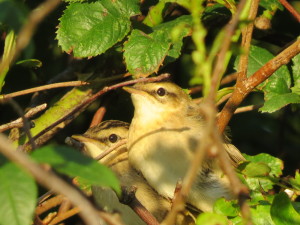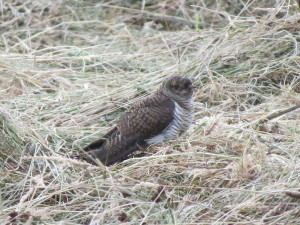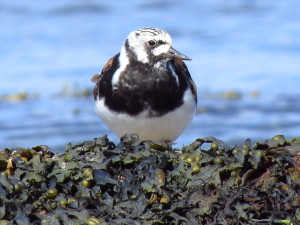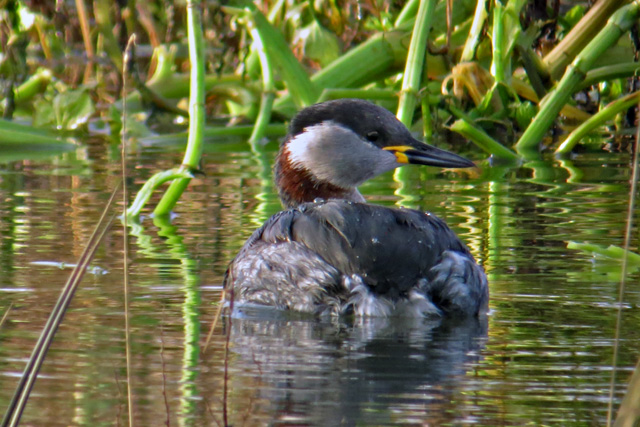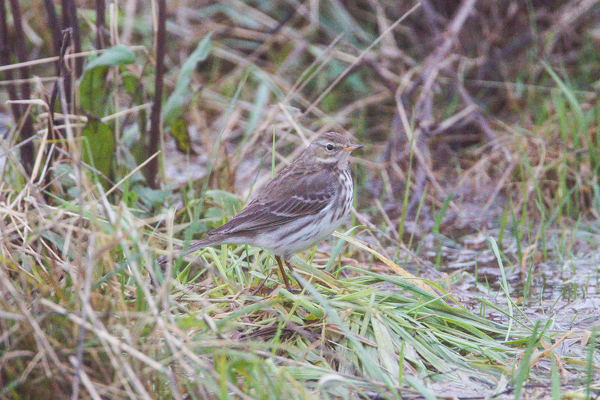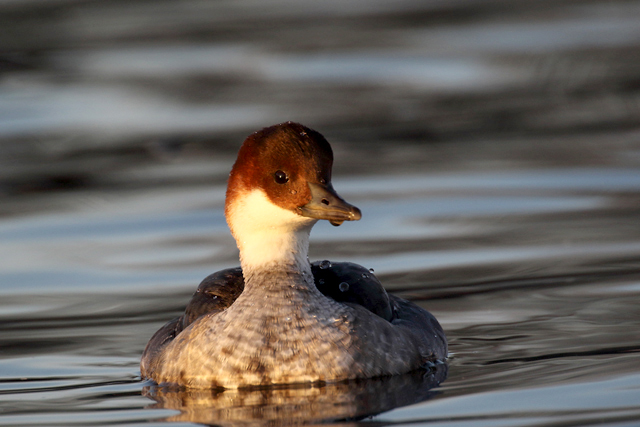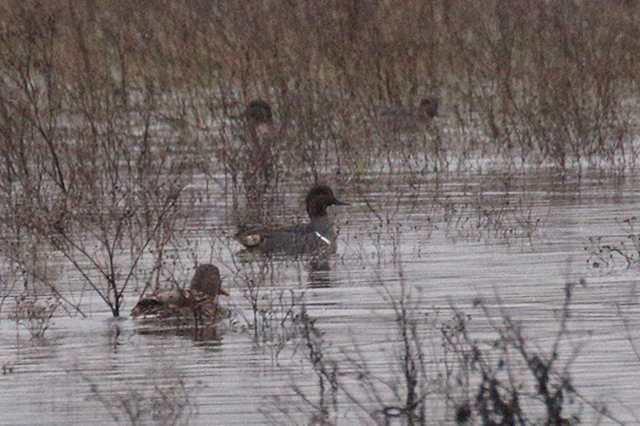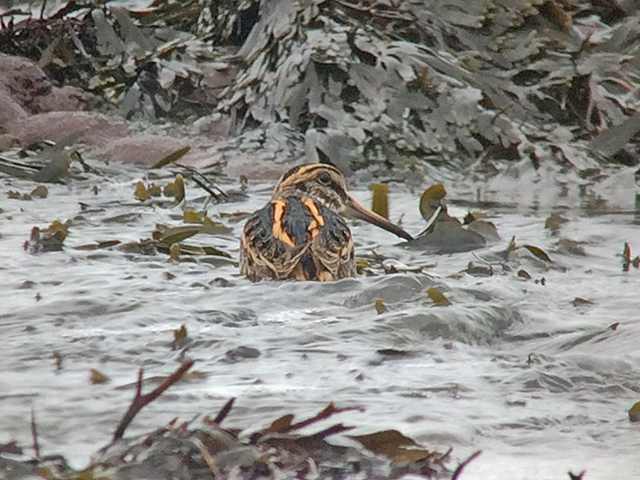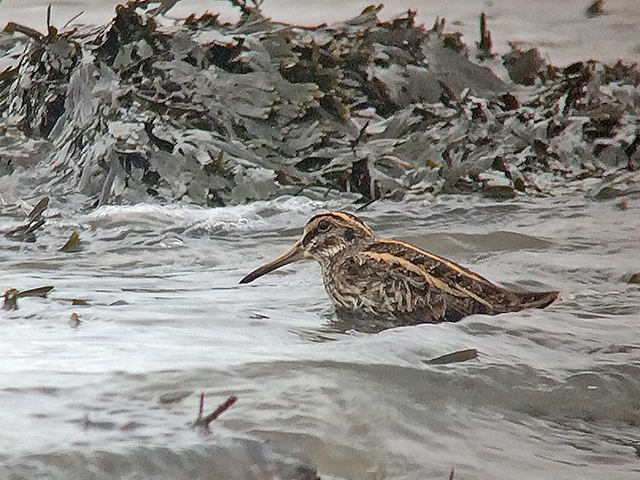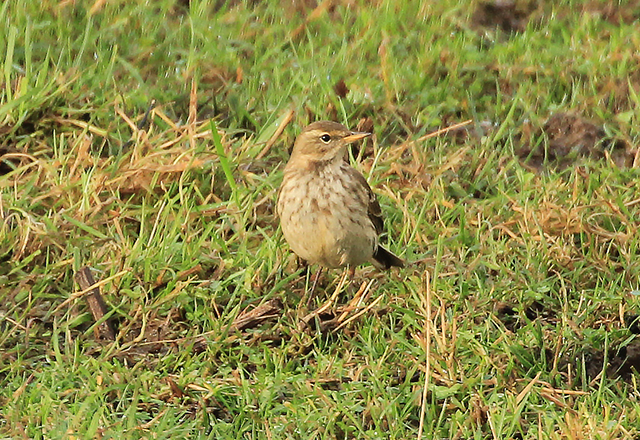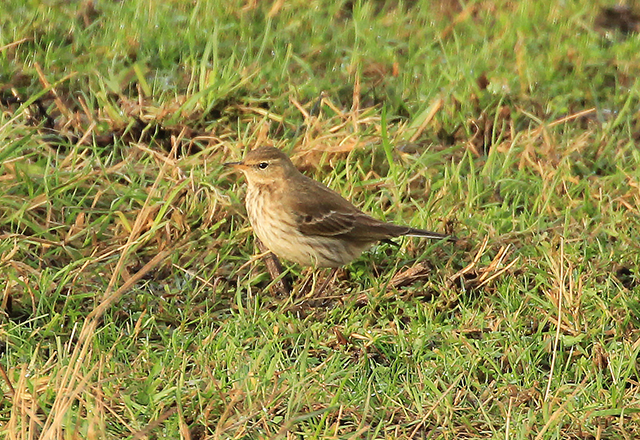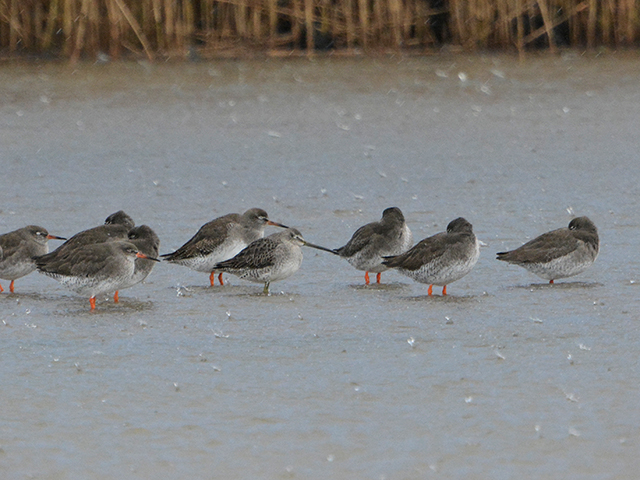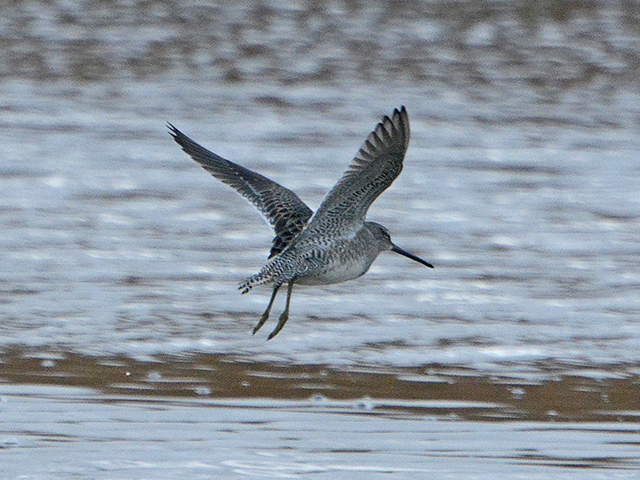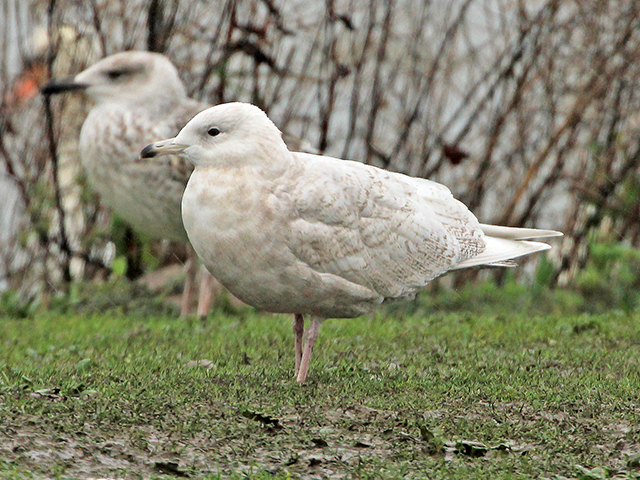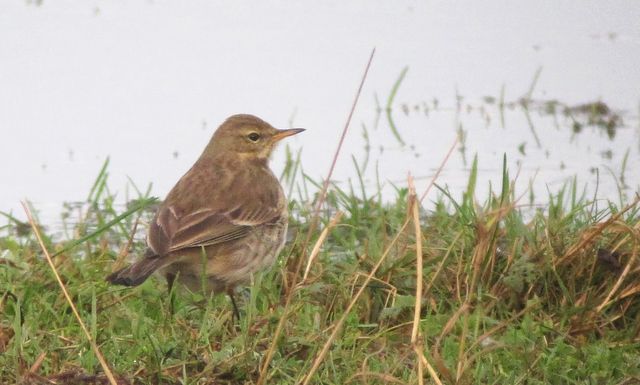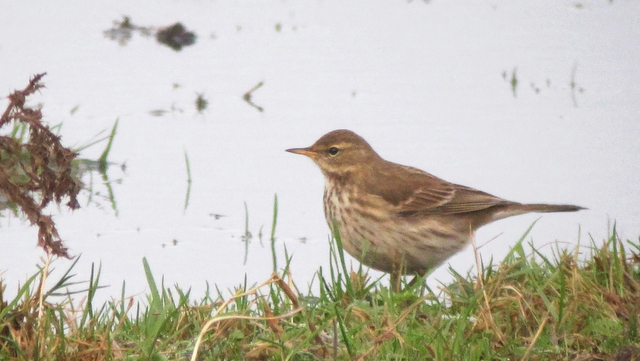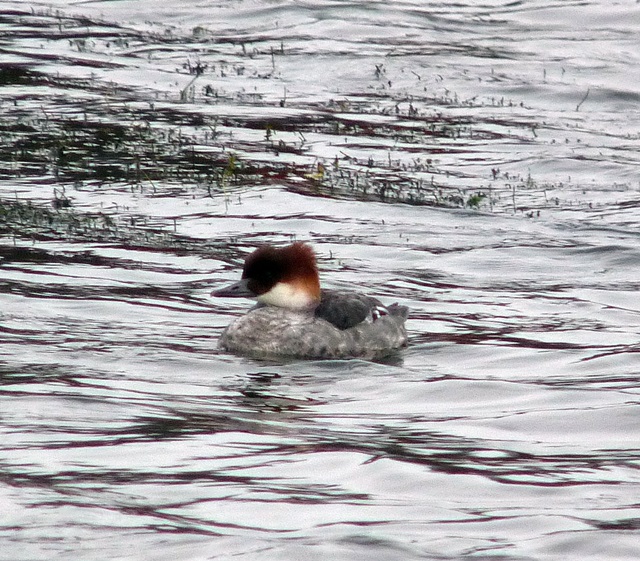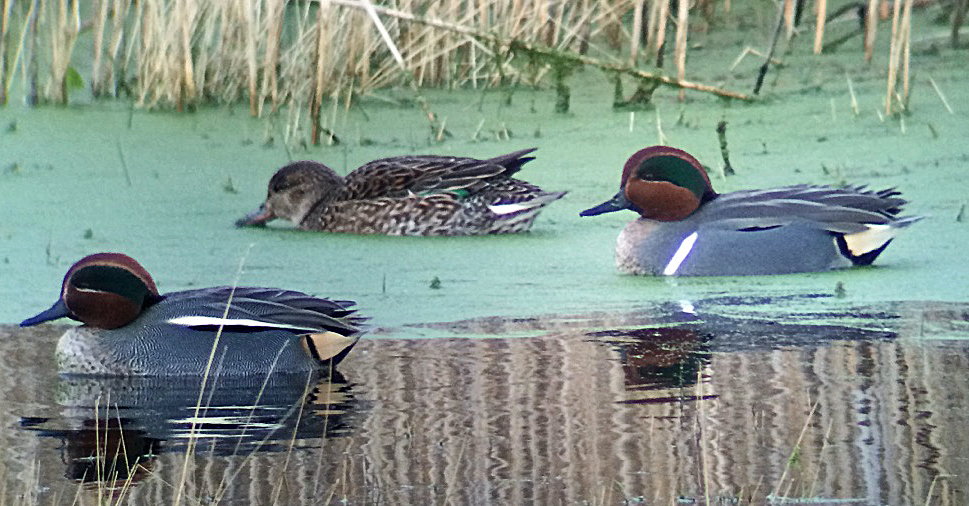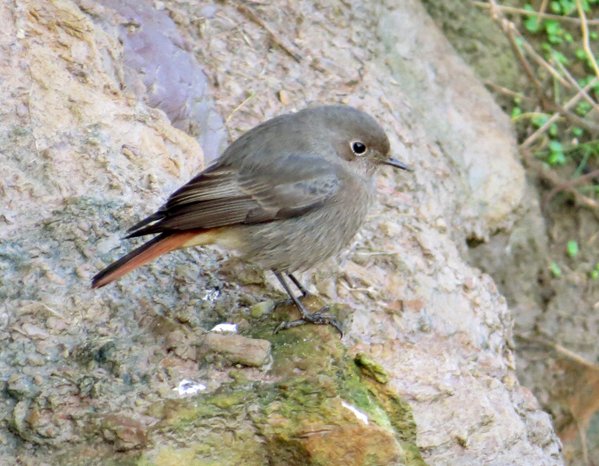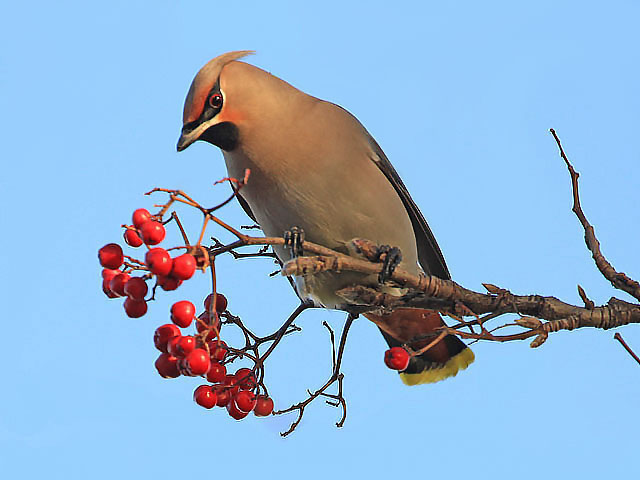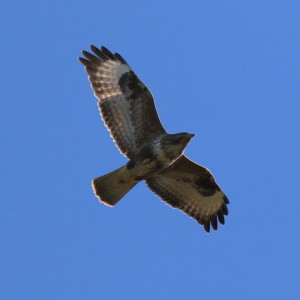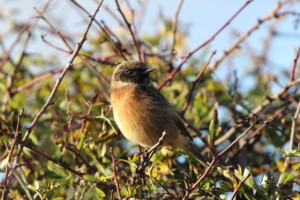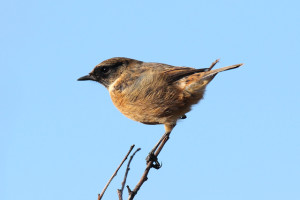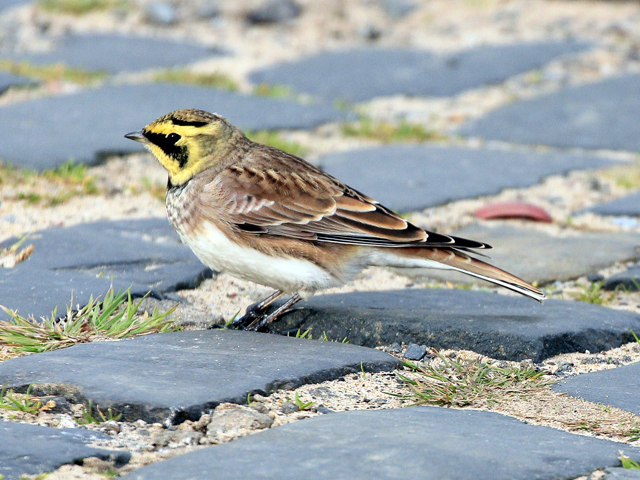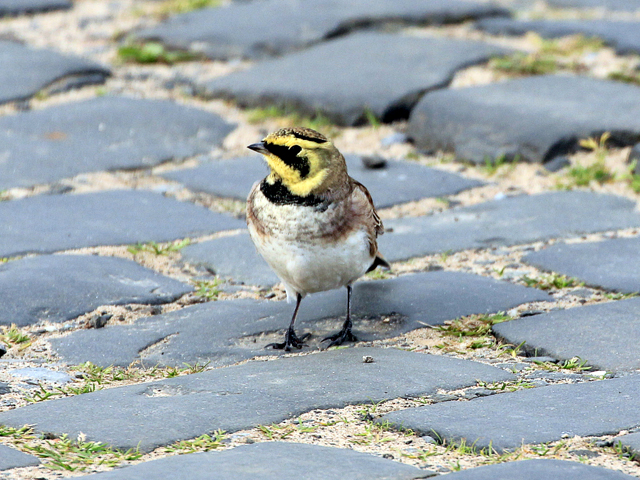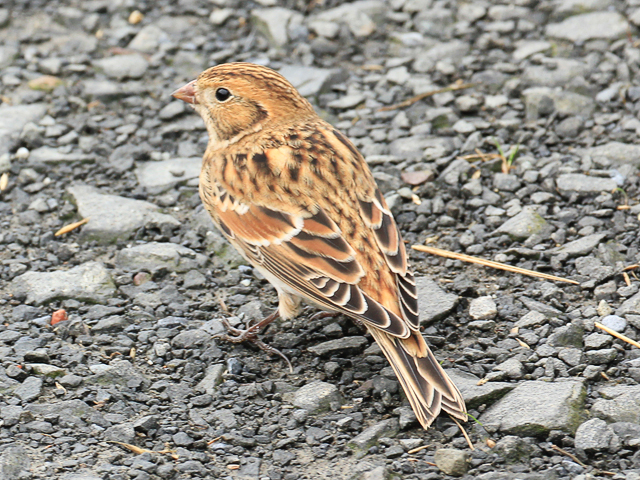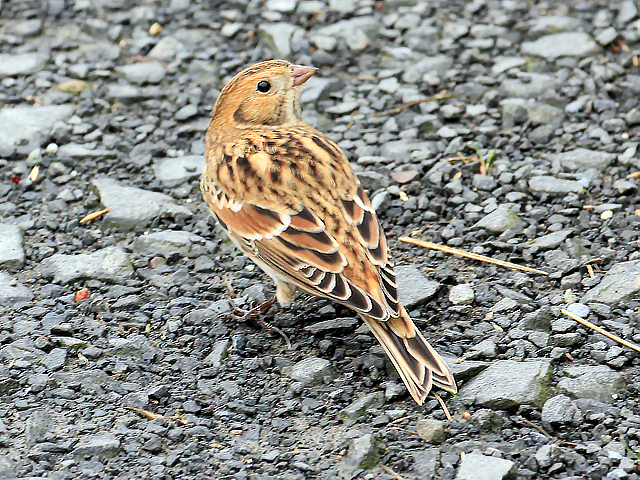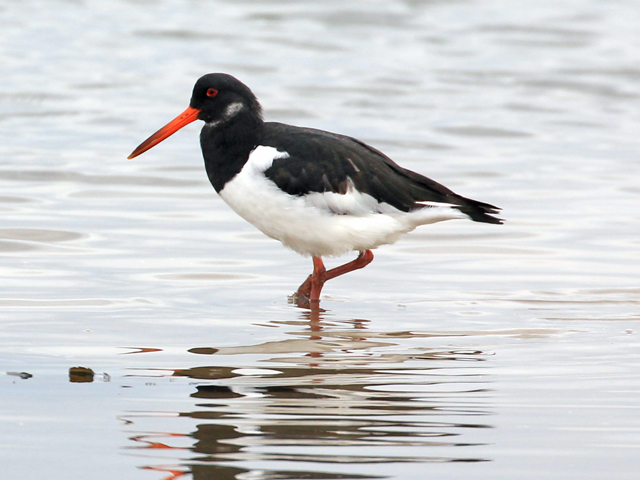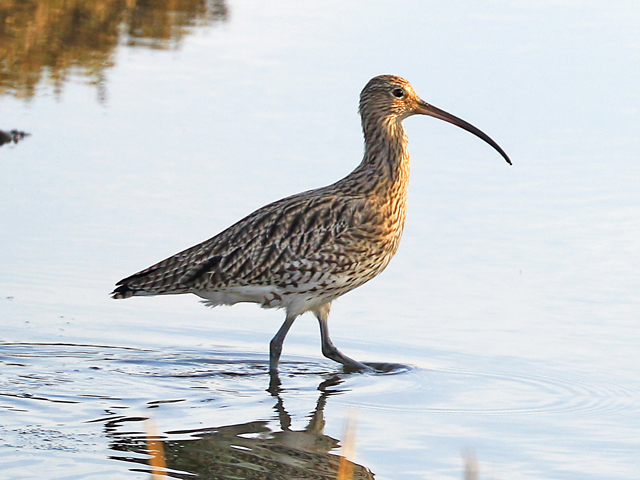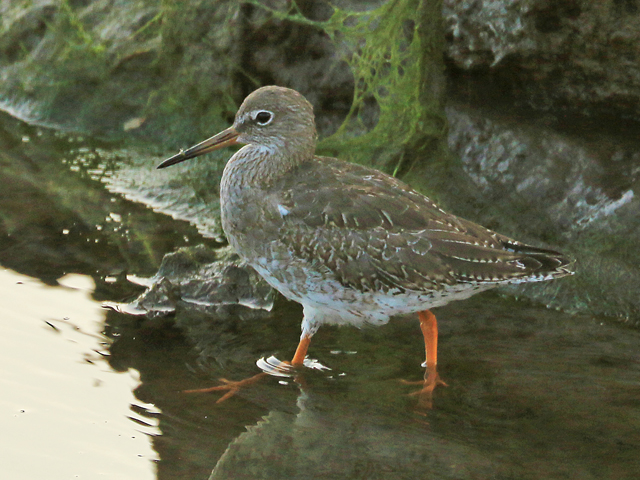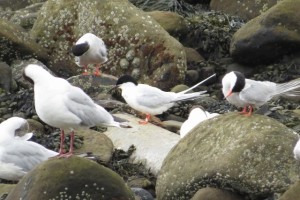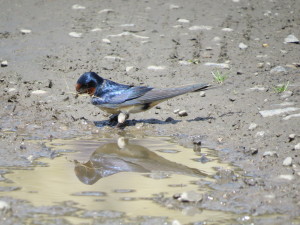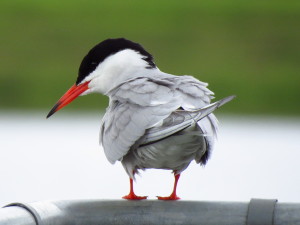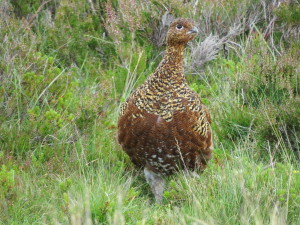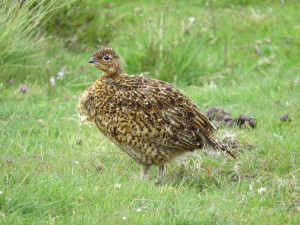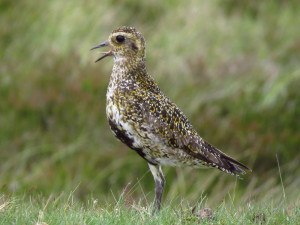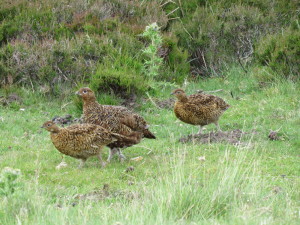Visiting my local patch twice a day for a month resulted in a good variety of species and some enjoyable sights, as local breeding birds complete their nesting season,with many fledged young on the wing and passage birds arriving or moving through the area. Species feeding fledged young included Reed Warbler and Sedge Warbler both in the bushes lining the main footpath,with three young of the latter lined up on a branch, awaiting food. Reed Bunting,with around six family groups seen. Linnet and Goldfinch, both in small flocks. Whitethroat,now quietly skulking as opposed to their familiar bushtop singing and song-flighting,again several family parties noted. Skylarks too with young birds in the fields.Grasshopper Warbler continued to sing into August,with 2 heard/seen and four Sedge Warblers still singing at the end of July.
The small Sand Martin colony here in the cliffs has had a successful season,with 7 pairs raising around 18 young,all of which could be at times, seen returning to perch at their nest holes having fledged,roosting each night back in the nests. On one warm day, a huge group of feeding Swifts could be seen over the fields to the west as a large insect hatch occurred,with numbers estimated at around 800 birds! Other birders enjoying this spectacle. Towards the end of July,the local farmer cut the grass field adjacent to the Wetland,which had been a riot of wild flowers,attracting many nesting and feeding birds, as well as good numbers of butterflies. This resulted in an abundance of insect and mammal food for many birds,with 3 juvenile Kestrels from a local nest and the adults,up to 5 Grey Herons and some gulls seen to take rodents. A juvenile Short eared Owl arrived at the end of July and was still present at the time of writing. A Barn Owl regularly putting in an evening appearance too, flying off with prey for it’s young. The finch flocks enjoyed the feeding here too. Another suprise was the arrival of a young Cuckoo that spent four days feeding in this field,allowing great views,before continuing south. As the grass flattened further,a gull roost built up here with up to 4 Mediterranean Gulls,2 adults,a first summer bird and a juvenile present and a first summer Little Gull joining them for a few days among the numerous Black Headed. Several Sandwich Terns could be seen here at high tide.
This period sees the return from further north of a selection of waders to the site. Golden Plover an example,with 18 birds in the first week of July, increasing to 450-460 by the month’s end. Sanderling likewise, with a handful of nicely coloured birds returning increasing to around 80 . A few splendid red Knot put in an apearance and Whimbrel joined returning Curlews on a good number of days.Turnstones still in summer garb, Dunlin and Ringed Plover with juveniles,Redshanks and Oystercatchers could all be seen at the shore. On two visits Common Sandpipers were seen in the north bay feeding before moving off southward,calling as they flew.
Offshore, many Gannets, Kittiwakes and Guillemots could be seen on days particularly with winds from the south east. Common, Sandwich and Arctic Terns present in numbers either on the rocks of diving for fish,with youngsters in attendance. A visit on August 4th saw a good patch bird in the shape of a Green Sandpiper calling as it arrived from the north to land in the Wetland area, pausing on it’s southward migration.
Butterflies noted during this period included many Ringlets,Meadow Browns,Common Blues,Small Skippers,Speckled Woods,Tortoishells,Red Admirals,Peacocks and Large Whites. Numbers were high at the time of the Swifts sighting,with warm weather.
A.S.Jack


